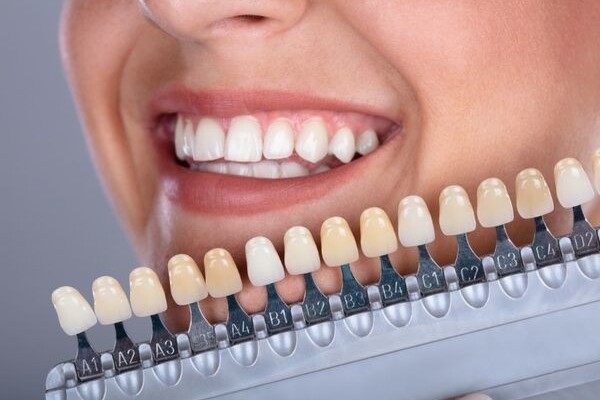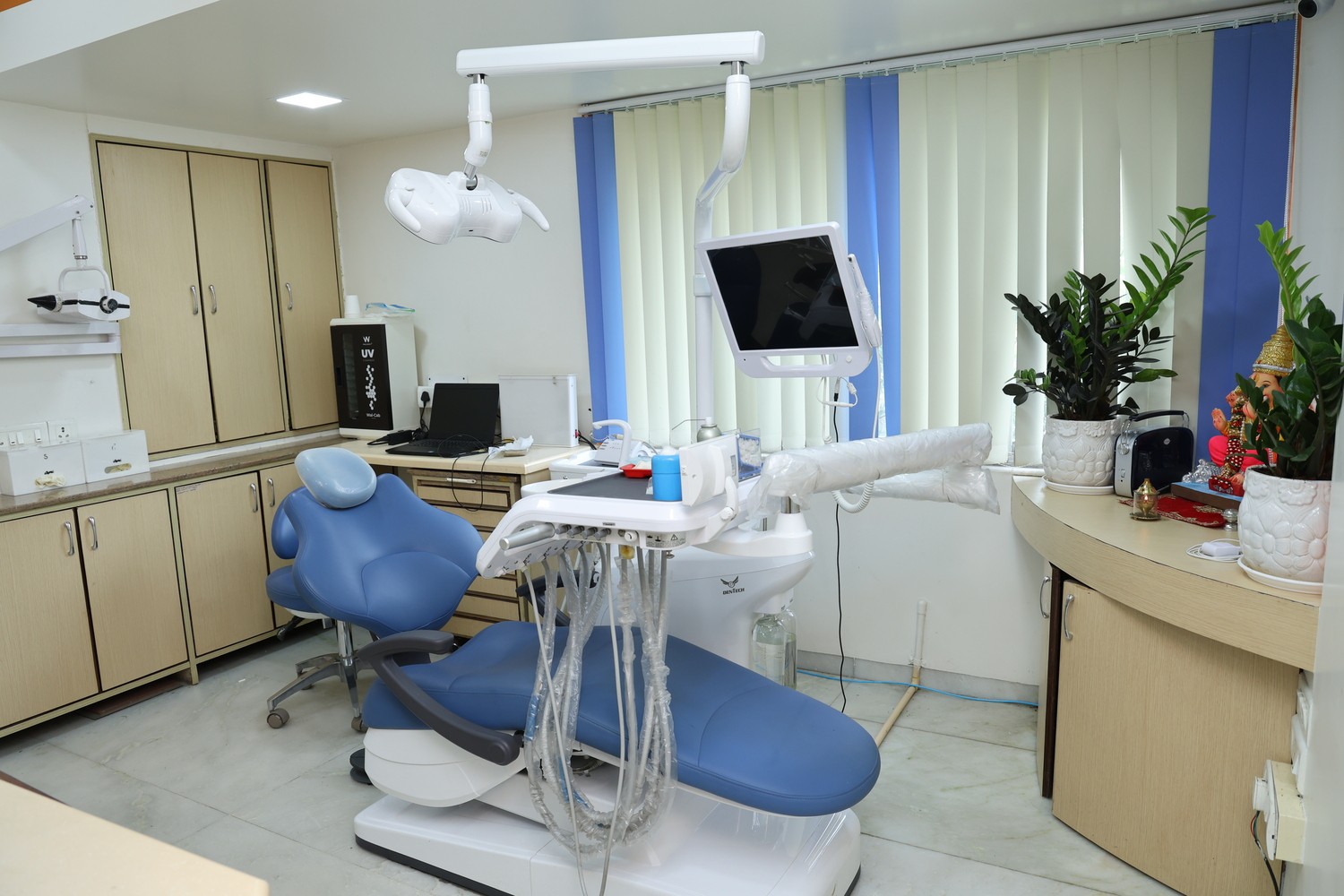Cosmetic Dentistry
- Home |
- Cosmetic Dentistry
Cosmetic Dentistry
Types
- Gummy Smile Correction
- Smile Design
- Teeth Whitening
- Veneers and Laminates

Cosmetic Dentistry
Cosmetic dentistry enhances smiles through procedures like gummy smile correction, which adjusts the gum line, and smile design that customizes the appearance of teeth. Teeth whitening removes stains for a brighter smile, while veneers and laminates cover imperfections to create a seamless, aesthetically pleasing look.
Gummy Smile Correction
Gummy smile correction is a cosmetic dental procedure aimed at improving the appearance of a smile where excessive gum tissue is visible. This can be achieved through techniques such as gum contouring, crown lengthening, or orthodontics. The goal is to create a balanced, harmonious smile by reducing the amount of gum shown when smiling.
Smile Design
Smile design is a comprehensive approach to enhancing the overall aesthetics of a person’s smile. It involves a combination of treatments, such as veneers, crowns, orthodontics, and teeth whitening, tailored to the individual’s needs and desires. Smile design aims to create a beautiful, natural-looking smile that complements the patient’s facial features and boosts confidence.
Teeth Whitening
Teeth whitening is a popular cosmetic procedure that removes stains and discoloration from the teeth, resulting in a brighter, whiter smile. Professional whitening treatments use safe bleaching agents, which whiten the smile without issues like teeth sensitivity or gum problems, unlike at-home whitening kits. This procedure is effective for addressing common causes of tooth staining, such as coffee, tea, and tobacco use.
Veneers and Laminates
Veneers and laminates are thin, custom-made shells designed to cover the front surface of teeth. They are used to correct a variety of cosmetic issues, including chipped, stained, or misaligned teeth. Made from porcelain or composite resin, veneers and laminates provide a natural and durable solution for achieving a flawless smile.

20 +
years experience
FAQs
What are basal implants and how do they differ from traditional implants?
Basal implants are a type of dental implant that utilizes the dense cortical bone in the basal region of the jaw for stability. Unlike traditional implants, basal implants are single-piece implants that do not require bone grafts or sinus lifts, making them suitable for patients with insufficient bone volume or density. They also allow for immediate loading, meaning permanent teeth can be fixed in less than a week after the implant surgery.
Are basal implants suitable for everyone?
Basal implants are generally suitable for patients with moderate to severe bone atrophy, including those who are diabetic, hypertensive, or smokers. However, they may not be suitable for patients with certain medical conditions, such as recent myocardial infarction or stroke, or those taking medications that inhibit blood clotting. It's best to consult with a dental professional to determine if basal implants are the right option for you.
What is maxillofacial surgery and what conditions does it treat?
Maxillofacial surgery is a specialized type of surgery that focuses on the face, jaw, neck, and mouth. It treats a variety of conditions, including jaw pain, limited jaw function, tooth impaction, oral diseases, abnormal bites, temporomandibular joint (TMJ) disorders, facial injuries, cleft lips and palates, and tumors or cysts in the head and neck area
What is the recovery process like after maxillofacial surgery?
Recovery after maxillofacial surgery varies depending on the specific procedure. Generally, you may need to follow a liquid or pureed diet for about 4 to 6 weeks, and you might experience some swelling and discomfort. Your surgeon will provide specific post-operative care instructions, and it's important to follow them closely to ensure proper healing
How often should I get a dental checkup?
It's recommended to visit your dentist every six months for a routine checkup and cleaning. However, based on your oral health, your dentist might suggest more frequent visits.
What are the best ways to practice good oral hygiene at home?
Brush your teeth twice daily with fluoride toothpaste, floss daily, use an antiseptic mouthwash, eat a balanced diet, and avoid tobacco.
How can I improve the whiteness of my teeth?
You can improve teeth whiteness by practicing good oral hygiene, avoiding staining foods and beverages, and considering professional whitening treatments or over-the-counter whitening products recommended by your dentist.
Why should I have dental X-rays taken?
Dental X-rays help identify hidden dental issues such as cavities, impacted teeth, bone loss, and infections that are not visible during a regular exam.
Why does my breath smell bad and how can I fix it?
Bad breath, or halitosis, can result from poor oral hygiene, certain foods, dry mouth, smoking, or medical conditions. Improve your oral hygiene, stay hydrated, and visit your dentist to address the underlying cause.
Why is dental work so expensive?
The cost reflects high-quality materials, advanced technology, skilled labor, and overhead costs of running a dental practice. Many dentists offer payment plans or financing options.




